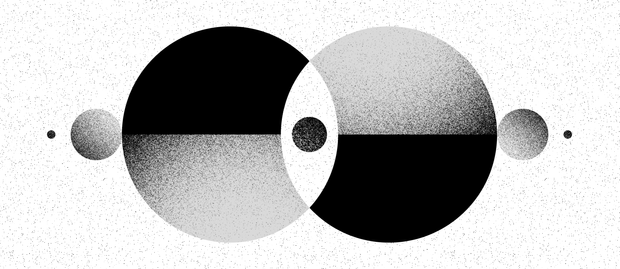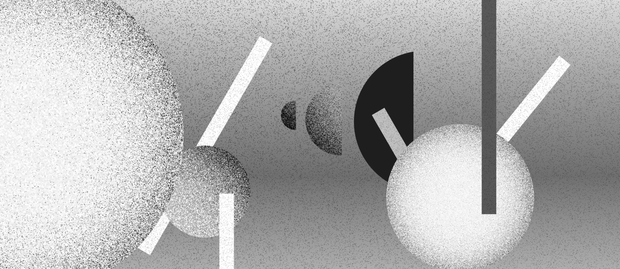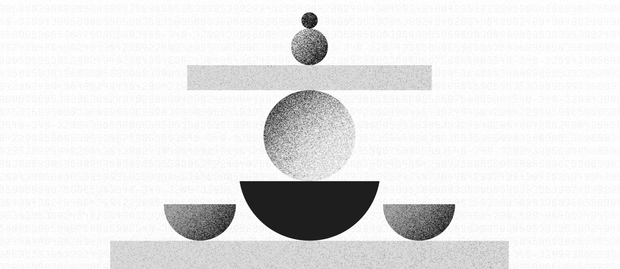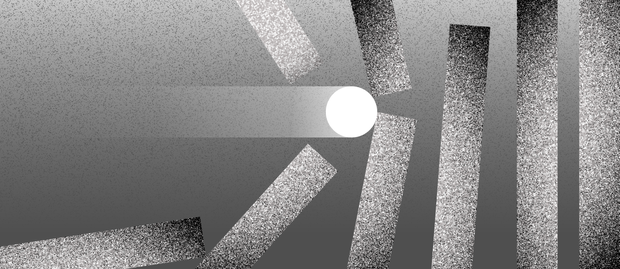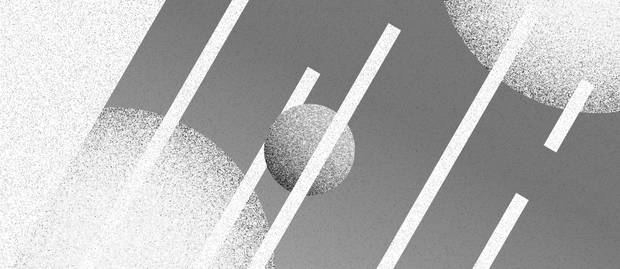
Certificate of Authenticity for Art
A certificate of authenticity (COA) for artwork is a crucial document that verifies the originality of a piece. It's akin to a passport for a painting, a digital signature for a sculpture, or a birth certificate for a photograph. Essentially, it's a formal declaration by the artist confirming that a particular piece is their genuine creation.

Meaning of a Certificate of Authenticity for Art
A Certificate of Authenticity or global fine art certificate of authenticity (COA) is irrefutable proof of an artwork's originality. So, it is necessary to know how to authenticate artwork. Issued by the artist, a COA typically includes details such as the piece's title, medium, dimensions, and a unique identification number. A COA not only safeguards buyers from purchasing counterfeit pieces but also significantly enhances an artwork's value by establishing its provenance and bolstering the artist's reputation. While a COA is crucial, combining it with expert examination, provenance research, and forgery detection techniques is essential for comprehensively ensuring the artwork's authenticity.
The Importance of an Artwork Certificate of Authenticity
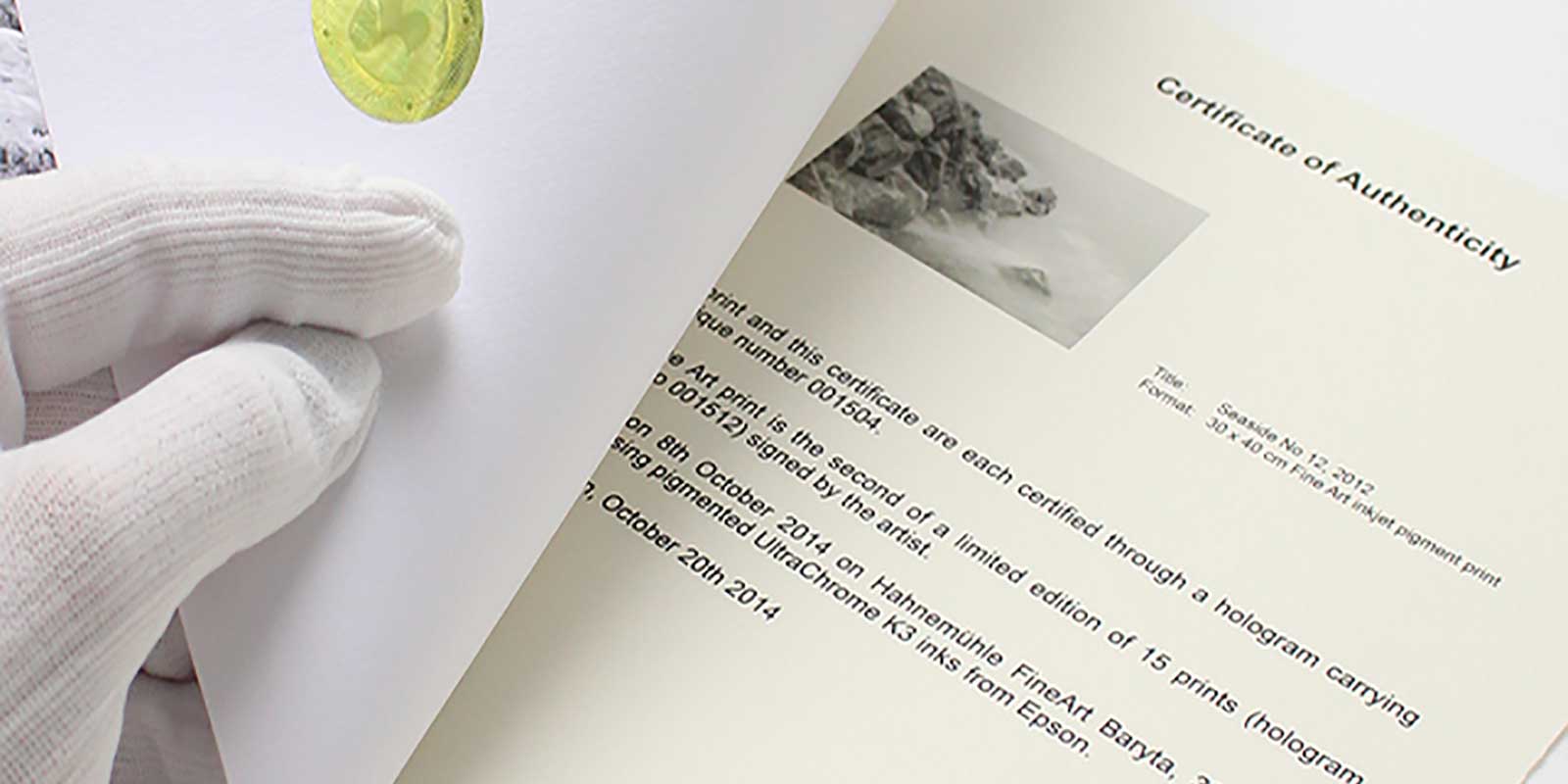
The art world is a complex ecosystem where trust and verification are paramount. A certificate of authenticity for artwork serves multiple purposes:
- Preserving Art's Value: A COA is instrumental in maintaining and enhancing an artwork's value. It serves as a cornerstone for establishing and preserving the artwork's provenance and documented ownership history.
- Protecting Buyers: By providing concrete evidence of art authenticity, a COA safeguards buyers from purchasing counterfeit pieces. It functions as a legal document that can be used to resolve disputes.
- Facilitating Resale: When you decide to sell digital art or any other type of artwork, a COA is essential for establishing its authenticity to potential buyers. It can significantly influence the selling price.
- Building Artist Reputation: Issuing COAs for every piece demonstrates an artist's professionalism and commitment to their craft. It contributes to building a solid reputation in the art market.
Components of an Art Authentication Certificate
A global fine art certificate of authenticity, also known as an artist authenticity certificate, is an official document that verifies the authenticity of a piece of fine art. This document can be a certificate of authenticity for a painting or any other type of art. The COA is crucial for establishing the artwork's provenance, legitimacy, and value in the global art market. A comprehensive artist certificate of authenticity typically includes the following:
- Artist Information: This section provides detailed information about the artist, including their full name, contact details, and signature. These details are crucial for establishing the artist's identity and providing a point of contact for further inquiries.
- Artwork Details: This part of the certificate contains specific information about the artwork itself. It includes the artwork's title, the medium used (such as oil on canvas, watercolor, sculpture materials, etc.), its dimensions, and the date of creation. These details help in precisely identifying and cataloging the artwork.
- Unique Identification: The certificate includes a unique identification number or code assigned to the artwork to ensure its unique identification. This identifier helps track the artwork's provenance and authenticity over time.
- Ownership Information: If applicable, this section provides details about the initial owner of the artwork. It may include the owner's name, contact information, and date of purchase. This information is valuable for establishing the provenance and historical ownership of the artwork.
- Verification Methods: This section describes any verification methods or security features used to enhance the authenticity and security of the certificate. These may include holograms, watermarks, or other anti-counterfeiting measures that ensure the certificate itself is genuine and tamper-proof.
- Artist's Statement: This is a declaration by the artist affirming the authenticity of the artwork. It is a formal statement by the artist confirming that the piece is an original creation, not a copy or reproduction.
- Documentation: The certificate also includes high-quality images of the artwork taken from different angles. These images provide visual verification and help identify the artwork. They can be used for reference in case the artwork is ever lost, stolen, or disputed.
How to Get a Certificate of Authenticity for Art
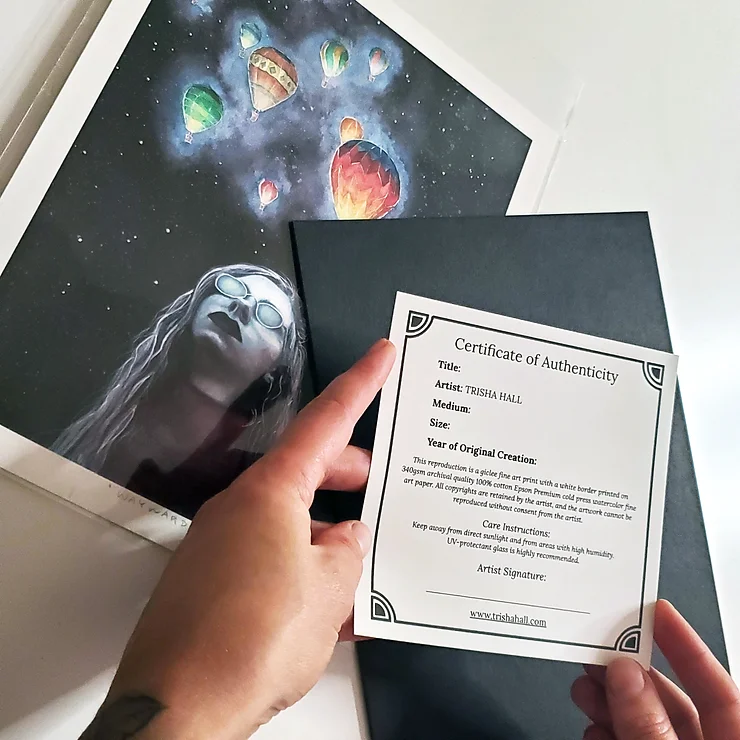
It is important for everyone involved in the art world to know how to authenticate art. Typically, a Certificate of Authenticity (COA) is issued by the artist. This involves creating a formal document that verifies the artwork's originality and type. For example, it could be a painting certificate of authenticity, or a sculpture, or another type of artwork. The COA should include essential details such as the artist's name, contact information, the artwork's title, medium, dimensions, date of creation, and a unique identification number.
If you've purchased a piece of art and it doesn't have a COA, consider contacting the artist or gallery directly. They may be able to provide one. For older pieces, consulting with art appraisers or authentication experts can help determine the artwork's authenticity and potentially generate a COA.
While a COA is a crucial tool, it's not the sole determinant of authenticity. Several other factors contribute to authenticating art:
- Expert Examination: Art experts, appraisers, or conservators can examine the artwork for stylistic consistency, materials, and techniques.
- Provenance Research: Investigating the artwork's ownership history can help verify its authenticity.
- Forgery Detection: Experts can use scientific methods like ultraviolet or infrared imaging to detect forgeries.
A certificate of authenticity guarantees an artwork's origin and legitimacy by including these comprehensive components. This document not only assures potential buyers of the artwork's authenticity but also enhances the piece's value and credibility within the art market. As such, it plays a crucial role in the art world, offering peace of mind to collectors, galleries, and artists alike.
Challenges in the Digital Age
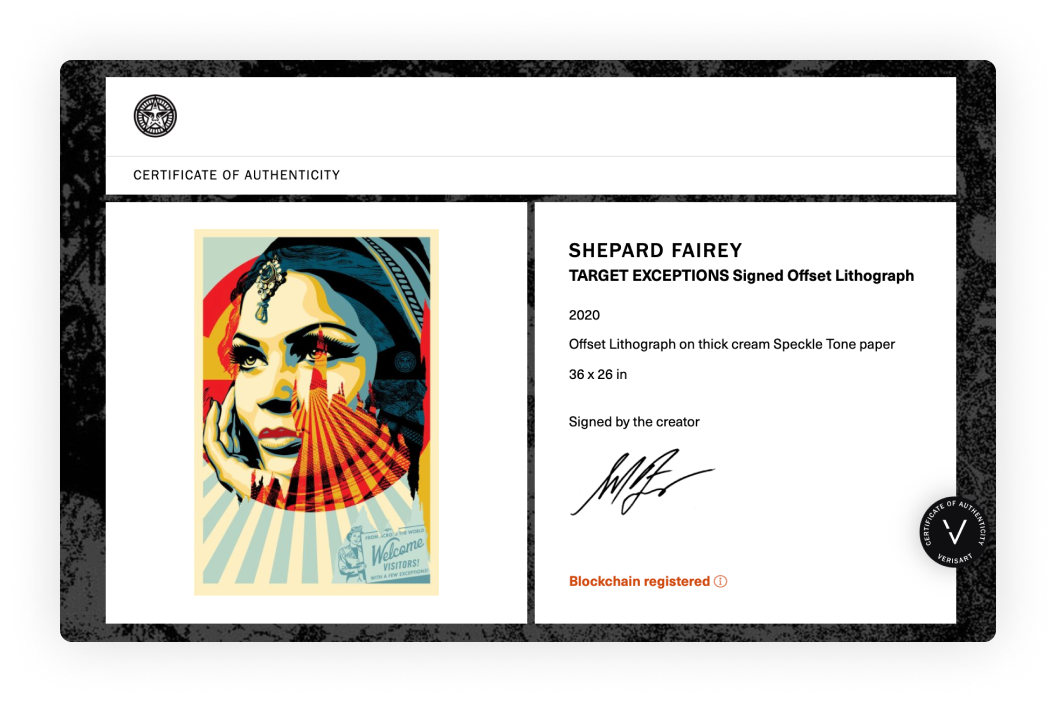
The rise of digital art has introduced new challenges to authenticity. While traditional methods of authentication apply to physical artworks, innovative approaches are required in the digital realm to give or verify the certificate of authentication for art.
- Digital Signatures: Digital signatures can verify the authenticity of digital art. They ensure that the artwork has not been altered and confirm the artist's identity.
- Blockchain Technology: Blockchain can provide an immutable record of ownership and creation for digital art. This decentralized ledger system ensures transparency and security, making tampering with the recorded information nearly impossible.
- Watermarking: The use of watermarks is a key strategy for deterring unauthorized copying of digital art. Whether visible or invisible, these watermarks serve as proof of the originality and ownership of the digital artwork.
While these methods offer promising solutions, they also come with their own set of challenges and limitations. Implementing and maintaining these digital options requires technical expertise and resources, which may not be accessible to all artists. Additionally, as digital art continues to evolve, so will the techniques used to circumvent these digital authentication methods. Thus, the art world must remain vigilant and adaptive, continuously developing and refining digital strategies to ensure the integrity and authenticity of digital art. Similarly, the traditional certificate of authenticity for paintings must also evolve to incorporate these new technologies and approaches, ensuring that both physical and digital artworks are reliably authenticated and protected.
COA Art in Two Words
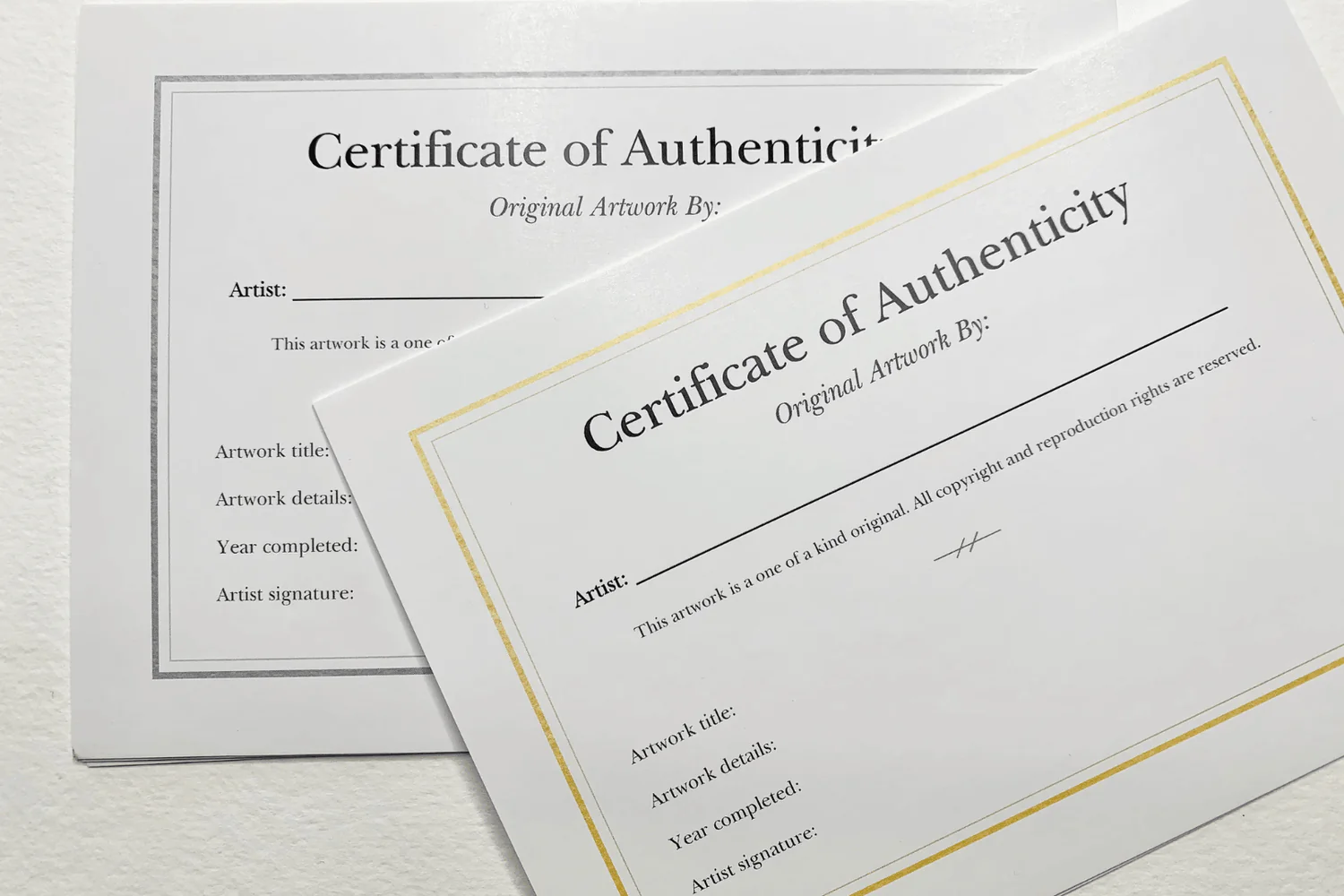
An art authenticity certificate (COA) is vital to the art world, safeguarding both artists and collectors. It is a testament to an artwork's origin and value, whether it's a painting, sculpture, or digital art. By understanding the Importance of COAs, how to get art authenticated, and implementing robust authentication measures, artists and collectors can confidently navigate the complex art market.
Remember, owning digital art or any piece of art is not just about possessing a beautiful object; it's also about safeguarding its history and value for future generations. A certificate of provenance art is the first step in this journey.
Related articles


